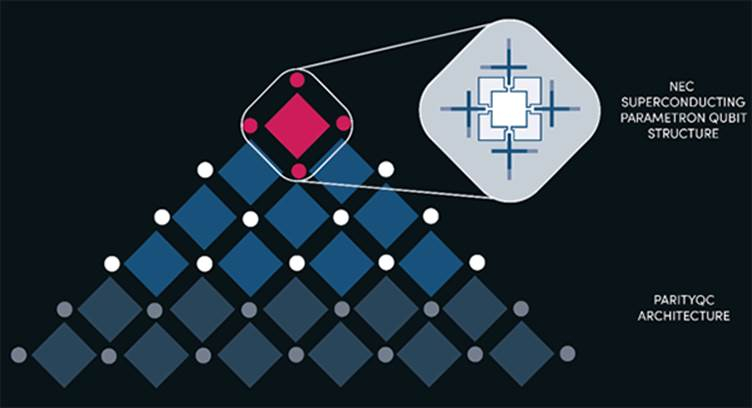NEC and ParityQC recently announced that they have started collaborating in the field of quantum annealing, a method of quantum computing.
NEC will be the first company worldwide implementing the ParityQC architecture for quantum annealing devices. The collaboration entails NEC implementing the ParityQC Architecture, ParityQC's new paradigm on how to solve optimization problems on a quantum computer, into its own superconducting parametron quantum devices.
This will pave the way for highly-scalable, practical quantum annealers capable of solving large-scale combinatorial optimization problems such as financial portfolio optimization and manufacturing planning. NEC aims to develop such quantum annealers for practical use by 2023. The combination of ParityQC's software, which ensures a compact encoding of industry-relevant problems, and the architecture's capabilities allow organizations to benefit by performing larger computations.
Realizing quantum devices using the ParityQC architecture provides a path to resolving challenges on the route to practical large scale quantum annealers. NEC, partially supported by Japan's New Energy and Industrial Technology Development Organization (NEDO), is now developing quantum annealers using superconducting parametron qubits and working on increasing the number of all-to-all connected qubits, with an aim to realize practical machines by 2023.
Masayuki Shirane, Senior Manager, System Platform Research Laboratories, NEC
I'm thrilled about this partnership in quantum computing research with ParityQC. I firmly believe that using the ParityQC architecture will enable us to realize a quantum annealing machine that delivers the full potential of our superconducting parametron qubits.
Magdalena Hauser & Wolfgang Lechner, CEOs of ParityQC
One of the great advantages of simultaneously developing hardware and software is the perfect alignment of both disciplines. Exploring this approach together with NEC's newly developed hardware platform holds great promise.






















